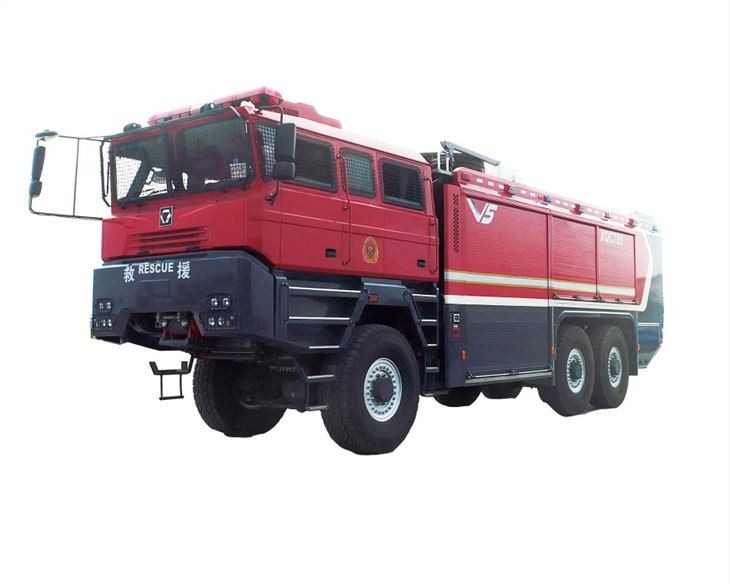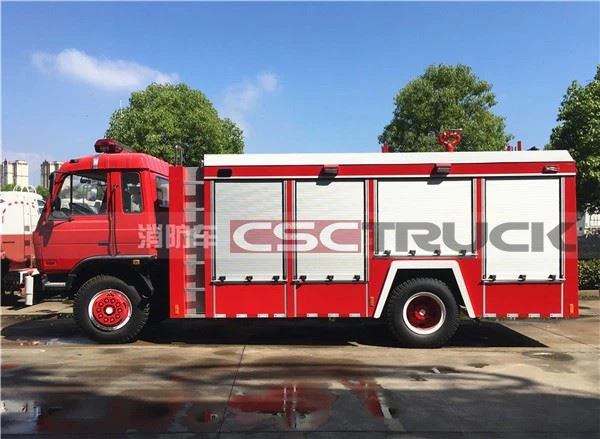Understanding Grapple Trucks: The Ultimate Guide

Grapple trucks are essential vehicles used in several industries, including waste management, forestry, and construction. Equipped with specialized hydraulic arms, these trucks can efficiently handle large and heavy materials, making them an invaluable asset for many businesses. In this article, we will explore the various aspects of grapple trucks, their uses, advantages, and tips for selecting the right one for your needs.
What is a Grapple Truck?
A grapple truck is a heavy-duty vehicle designed to collect and transport large objects. These trucks feature hydraulic arms, or “grapples,” that can grasp, lift, and load materials such as logs, construction debris, and bulky waste. Commonly used by municipalities and contractors, grapple trucks streamline waste collection and allow for efficient clearing of land.
The Mechanics of Grapple Trucks
The key components of a grapple truck include:
- Truck Chassis: Usually based on a heavy-duty truck or flatbed, providing the necessary strength.
- Hydraulic System: Powers the grapple and other attachments, allowing for smooth operations.
- Grapple Arm: The claw-like mechanism that can open, close, and rotate to pick up materials.
Types of Grapple Trucks
There are various types of grapple trucks, each designed for specific tasks. Understanding these types helps in selecting the right machinery for your project.
1. Rear Loading Grapple Trucks
These trucks come with a grapple at the back, making them ideal for collecting debris from the ground. They are commonly used in municipal waste collection and landscaping services.
2. Side Loading Grapple Trucks
Side loading grapple trucks allow for more efficient loading as they can collect waste or debris from either side of the truck. They are often used in construction and forestry operations.
3. Roll-off Grapple Trucks
These trucks are equipped with a roll-off container that can be detached after loading. They are highly efficient for transporting large volumes of waste and debris.
Applications of Grapple Trucks
Grapple trucks have numerous applications across several industries. Here are some of the most common uses:
1. Waste Management
Grapple trucks are widely used in the waste management industry for collecting large volumes of trash, yard waste, and bulky items. This makes waste collection more efficient and reduces the time spent on each job.
2. Tree Removal and Forestry
In forestry operations, grapple trucks are used to remove fallen trees and transport logs. Their ability to maneuver through difficult terrains makes them invaluable in forest management.
3. Construction Sites
Grapple trucks are essential on construction sites for debris removal. They can quickly clear out rubble, old materials, and other waste that accumulates during building projects.
Benefits of Using Grapple Trucks
Investing in grapple trucks offers several advantages:
1. Increased Efficiency
Grapple trucks significantly reduce the time and labor required to load and transport heavy materials, thereby increasing productivity.
2. Versatility
These trucks can handle various tasks, from waste collection to tree removal, making them a versatile addition to any fleet.
3. Safety
Grapple trucks minimize the need for manual handling of heavy materials, reducing the risk of injuries on the job site.
How to Choose the Right Grapple Truck
Selecting the right grapple truck involves considering several factors:
1. Purpose
Identify the primary use for the grapple truck. Will it be used for waste management, forestry, or construction? Understanding your needs will guide your decision-making process.
2. Weight Capacity
Ensure that the grapple truck you choose has the capacity to handle the weight of the materials you’ll be lifting. Check the manufacturer’s specifications for load limits.
3. Size and Maneuverability
Assess the truck’s size in relation to the sites where it will be used. If working in tight spaces, a more compact model may be appropriate.
4. Hydraulic Power
Examine the hydraulic system to ensure it can produce the necessary force to operate the grapple efficiently for your specific applications.
Maintenance Tips for Grapple Trucks
Regular maintenance is essential to ensure the longevity and efficiency of grapple trucks. Here are some practical maintenance tips:
1. Regular Inspections
Conduct routine checks of hydraulic systems, grapples, and other components to ensure they are in good working condition.
2. Clean Grapple Arms
Always clean the grapple arms after use to prevent dirt and debris buildup, which can hinder performance.
3. Lubrication
Regularly lubricate moving parts to prevent wear and tear, which can lead to expensive repairs.
4. Check Fluid Levels
Ensure that hydraulic fluid levels are adequate and replace fluids per the manufacturer’s recommendations.
Investing in Grapple Trucks: A Cost-Benefit Analysis
Before purchasing or leasing a grapple truck, conducting a cost-benefit analysis is crucial. Here are some factors to consider:
1. Initial Investment
The cost of a grapple truck varies based on type and specifications. Determine your budget and explore financing options if necessary.

2. Operational Costs
Calculate fuel, maintenance, insurance, and other operational costs to understand the total cost of ownership.
3. Revenue Potential
Estimate potential revenue based on your industry needs. Grapple trucks can enhance productivity and increase job opportunities, which can positively impact your bottom line.
Case Study: Successful Grapple Truck Implementation
To illustrate the efficiency and utility of grapple trucks, let’s look at a case study involving a regional waste management company:
Company Background: XYZ Waste Solutions operates in a busy urban environment, collecting waste from residential and commercial properties.
Challenge: The company faced challenges with manual labor and slow waste collection processes, leading to lengthy service times and increased operational costs.
Solution: After analyzing their operations, XYZ Waste Solutions invested in rear loading grapple trucks to streamline their waste collection. They trained their staff on using the new equipment effectively.
Results: Within six months, the company reported a 30% increase in productivity and a significant reduction in labor costs. The grapple trucks enabled faster loading times, allowing for the collection of more waste in less time.
Environmental Impact of Grapple Trucks
Grapple trucks play a crucial role in environmental conservation:
1. Efficient Waste Disposal
By streamlining the waste collection process, grapple trucks ensure that materials are disposed of appropriately, reducing landfill overflow.
2. Promoting Recycling
Grapple trucks can be utilized in recycling efforts, safely collecting materials for processing and ensuring a higher rate of recovery.
3. Forest Management
In forestry, these trucks help remove fallen trees and debris quickly, enabling healthier forests and minimizing fire hazards.
Frequently Asked Questions (FAQs)
1. What materials can grapple trucks handle?
Grapple trucks can manage a wide variety of materials, including construction debris, logs, yard waste, and bulky trash.
2. How do I determine the right grapple truck size for my needs?

Assess the type and volume of materials you’ll be lifting and transport. Also, consider the working environment’s spatial constraints.
3. Can grapple trucks operate in adverse weather conditions?

While grapple trucks are designed for heavy-duty work, extreme weather conditions can impact performance. Always use caution and assess conditions before operating the vehicle.
4. Are there specific training programs for grapple truck operators?
Yes, many manufacturers offer training programs to ensure operators are proficient in using grapple trucks safely and effectively.
5. What is the average lifespan of a grapple truck?
The lifespan of a grapple truck typically ranges from 10 to 15 years, depending on usage, maintenance, and operating conditions.
6. Do I need a special license to operate a grapple truck?
Laws vary by location, but many regions require a commercial driver’s license (CDL) to operate heavy-duty vehicles like grapple trucks.
